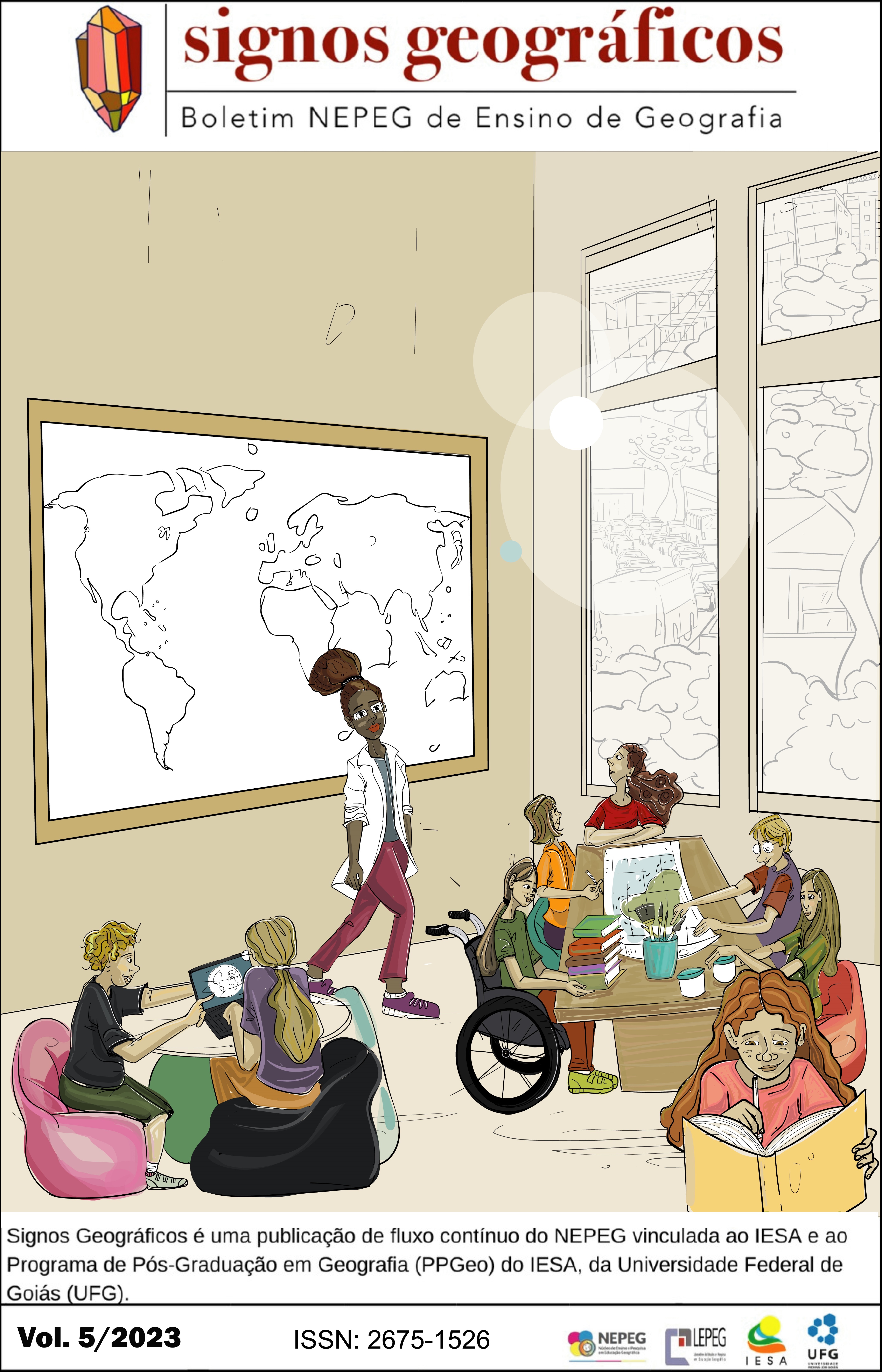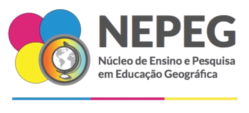The history of the presence of cartographic language in brazilian school curricula in the early years of elementary education
DOI:
https://doi.org/10.5216/signos.v5.74111Keywords:
history of geography teaching, school cartography, school curriculumAbstract
Cartographic language is a fundamental tool in School Geography, because it allows the visual representation of the geographic space and its characteristics. It enables the construction of maps and other graphic representations that help to understand the relationships between geographic phenomena and their interactions. Despite the importance of cartography for mankind, the teaching methodologies about cartography have not always been present in school curricula, and maps were used only as a means of locating the objects of study. In this context, the present article analyzes and discusses the use of maps in School Geography and how cartographic language has conquered its space in Brazilian school curricula. For this purpose, a bibliographic review of classical authors of the History of School Geography, of School Cartography, and of the curricular documents that guide Brazilian education was carried out. The results indicate that, in general, the cartographic language has conquered its space in the battlefield of the school curriculum through academic research started at the end of the 1970s, which emphasized its importance since the early years of elementary school. The universities and the Association of Brazilian Geographers were important for the debates on the theoretical paradigms of School Cartography and its changing perspectives throughout history. From the critical notes, the National Curriculum Parameters (PCNs), and more recently, the Common National Curriculum Base (BNCC) highlight the importance of School Cartography and cartographic language understood as a fundamental tool for teaching Geography, which should be addressed in an integrated manner with other content and developed in a critical and reflective way.








